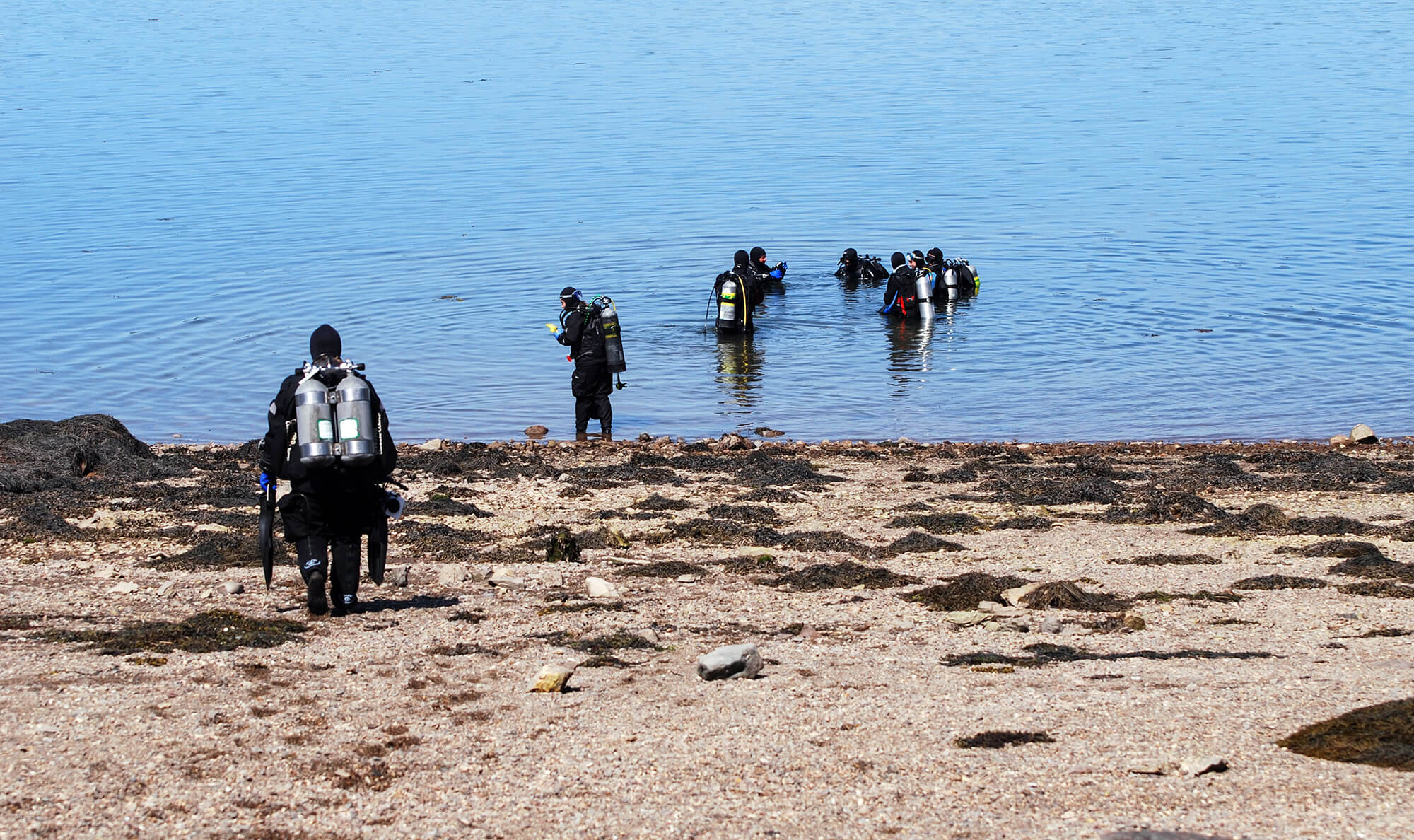Costa Rica is a magnet for thrill seeking adventure travelers. The eco-adventure tourist capital of Central America, this country is a choose-your-own adventure land featuring astounding biodiversity and radiant sunsets.
During our month stay in Costa Rica, we had the chance to try several different means of transportation to get where we needed to go. Though I would not consider us as experts (only the local Tico’s can have that title), after touring around I would say we have a pretty good idea of what works in terms of transportation and what won’t when visiting some of this country’s popular sights.
In many of the small resort towns, golf carts are a cheap and easy means to boogie around the city. Running solely on electricity these mini mobiles can usually fit 1 to 4 people and reach speeds of up to 40 kilometers per hour. A sustainable choice for transportation in this environmentally friendly country, you can make your way to the beach, go shopping and even do some city sightseeing.

Limitation: Golf carts are usually restricted to paved roads that are less than 50 kilometers per hour. This means that you can generally only stay in town with this means of transportation. Because golf carts run on electricity you need to make sure you are keeping an eye on the battery charge or you will end up like us; pushing your cart home from the beach in the dark on some sketchy back road.

Cost: Golf cart rental cost varies depending on the company you decide to go with and the rental time frame. Overall expect to pay between $30-50 USD per day for a standard 4 seater cart.
Everybody feels a little differently about using public transit. The city bus is a means of transportation connecting Costa Rica’s big cities like San Jose and Liberia with a network of smaller cities. Apart from saving you a few extra dollars, city buses enable you to meet locals and see the countryside. Though the bus routes tend to avoid major highways, making the trip take longer, they also do frequently stop in smaller villages enabling you to see a little bit of the culture.

Limitation: Although public transport may be cheap, it is very restrictive confining you to a set schedule as well as a pick up and drop off location. Rarely are you able to travel to remote off-the map spots and often times it is tricky to determine the schedule given that it is not posted at bus stops. On top of this if you are not well versed in speaking Spanish it makes everything just a little more difficult.

Cost: Riding the city bus is between $1-5 USD per bus ride. Be wary of driver who will try to pull the wool over your eyes and charge you extra because you are a tourist.
Having your own set of wheels is a real luxury while on vacation. A good way to truly travel the rugged terrain of Costa Rica is by renting a vehicle. 2-wheel drive vehicles can fit anywhere from 1 to 5 passengers and give you the ease to come and go as you please. Roads vary drastically in Costa Rica and while most of the roads in and around urban areas like San Jose and Liberia are smooth and well maintained once you leave the city conditions change – A LOT. If you are planning on sticking to the main roads and highways in and around the big cities renting a 2-wheel drive vehicle could be a viable option for you.

Limitation: As nice as having your own set of wheels is, having a 2-wheel drive leave you constrained to staying on mostly paved and relatively flat dirt roads. If you are going to go through the trouble of renting a vehicle, personally I would never again suggest renting a 2-wheel drive in Costa Rica. From what we have explored in the northern part of this country, dirt roads and potholes make up the bulk of the roadway and a lot of the big tourists must-see destinations are quite challenging to get to.

Cost: Depending on the vehicle size, time frame and additional features requested, such as GPS and insurance, daily rental will cost approximately $50-80 USD or more per day.
Sitting higher off the ground than a 2-wheel drive, 4-wheel drive vehicles are more spacious and better suited for harsh roads and extreme elements. Fitting anywhere from 1 to 8 people, renting a 4-wheel drive while vacationing in Costa Rica will give you some peace of mind when making travel plans to visit sites off the beaten path.

Limitation: This is probably the best of the best methods of transportation in Costa Rica. Sitting high off the ground you will be able drive off the beaten path tackling potholes and gravel roads that sometimes get washed out during rainy season. The biggest thing to understand is that with most rental vehicles you become solely responsible and insurance is void if you take the vehicle through rivers, standing water, on beaches or ultimately on any kind of off-road expedition that could damage said vehicle.

Cost: Depending on the vehicle size, time frame and additional features requested, such as GPS and insurance, daily rental will cost anywhere from $80 USD and above.
Air conditioned, spacious and coordinated pick up and drop off, need I say more? Shuttle buses are a happy medium between having your own vehicle and taking public transit. Not having to navigate the roads of a foreign country or deal with the stress of driving the sometimes crazy roadways of Costa Rica, booking a tourist shuttle is a great way to get to those hard to reach locations without the headache of figuring out the smaller details. For a small group of 1, 2 or 3 people, using a shuttle is definitely cost effective and ideal way to see the country.

Limitation: An optimal way to tour Costa Rica, the biggest drawback from using a tourism shuttle is that you need to be somewhat organized in terms of planning your week and knowing where you will be staying. Advanced reservations is a must with tourism shuttles as they are a hot commodity among single, double or trio travelers.

Cost: The shuttle cost varies depending on the company you go with, distance you travel and if you combine your shuttle with a tour package. Through Gray Line shuttles, one of the main shuttle companies in Costa Rica, you can purchase an unlimited weekly pass for $240 USD that allows you to take as many of their routes that you want for an entire week.
It has been a month since we first set foot in Costa Rica. From shuttle bus to becoming stranded in the middle of nowhere in our golf cart, we have tried quite a few different means of transportation around Costa Rica. Our favourite was by far taking the tourism shuttle. Our shuttle was combined with a full day tour package, and it really was a nice change for Joey and I, too not need to demystify the estranged Costa Rican roadways. If you’re curious to learn more about Costa Connection’s shuttle and tour package check out our Miravalles Volcano Tour blog post.
Getting around in Costa Rica is definitely an adventure and while the constraints of your budget may dictate which mode of transportation you end up taking, you will enjoy your time nonetheless.


The Great Lakes are among North America’s most extraordinary travel destinations, offering something for every type of traveler.

Pobiti Kamani, is a desert landscape filled with naturally occurring rock formations, that look like a forest built completely out of stone.

Greece is one of the most historic and influential civilizations in the world. Discover some of it's best historic sites cites to visit.

Nestled in the midwestern part of Manitoba, Riding Mountain National Park is a great place to experience and view bison.

Travel the world for long enough and it becomes evident that golden sunsets look different in every place you go.

As part of a waterfront deal between Brockville and the Canadian Pacific Railway, the city's train tunnel is a colourful tourist attraction.

How-to convert and build a sprinter van into the ultimate adventure sport RV complete with a scuba diving equipment locker and tank storage.

Trying out Stream2Sea's reef-safe sunscreen, lip balm and neck buff in the middle of a Canadian winter.

Canada is home to some of the most pristine and untouched underwater environments on the planet and with that in mind here is a sneak peek at underwater Canada in stunning photographs.

Spending the day walking the streets of Barcelona offers the perfect opportunity to see, feel and learn the local history and architecture in a single day.
